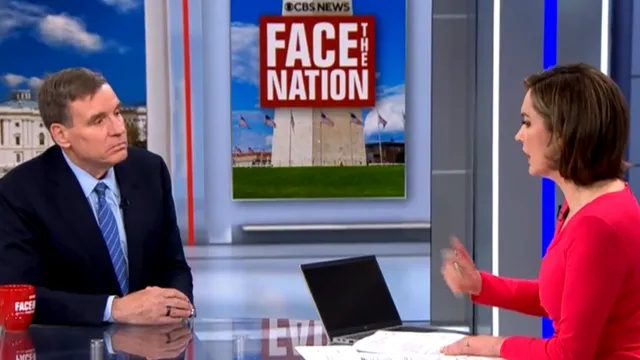
University of Virginia president resigns under Trump administration pressure
2025-06-29 15:16- James E. Ryan communicated his intention to resign as president of the University of Virginia following pressure from the Trump administration.
- The resignation is tied to a Department of Justice investigation into the university's practices regarding diversity, equity, and inclusion initiatives.
- This event marks a significant escalation in the Trump administration's efforts to influence higher education institutions.
Express your sentiment!
Insights
In the United States, James E. Ryan, president of the University of Virginia, submitted his resignation on June 27, 2025, following demands from the Trump administration to step down. The resignation was a response to scrutiny from the Department of Justice (DOJ) over the university's diversity, equity, and inclusion (DEI) initiatives. The DOJ accused Ryan of not adequately dismantling these programs, which were being investigated under federal civil rights laws. This aggressive approach towards higher education marks a significant shift, particularly targeting institutions that prioritize diversity efforts, perceived by some as politically driven. Ryan's resignation highlights a broader trend where the Trump administration seeks to reshape the landscape of higher education by pressuring academic leaders to resign or alter their policies. The administration's tactics have included investigations into DEI practices, which have been interpreted as tools for enforcing a conservative agenda in education. As a result, several universities have faced dilemmas of compliance versus institutional integrity, leading to resignations and significant policy changes. With Ryan's departure, the university now confronts potential repercussions from the DOJ amid ongoing investigations. In his communications, Ryan emphasized that he could not fight the federal government to preserve his position. This situation illustrates the high stakes involved in the ongoing culture wars surrounding education and inclusivity in public institutions. The pressure for universities to comply with federal demands influences the appointments and actions taken by their leadership, shaping the future of academic governance and policy formulation. The circumstances surrounding Ryan's resignation are a culmination of mounting pressure from conservative alumni and groups that have criticized him for perceived failure to adhere to federal directives regarding DEI practices. As the Trump administration calls for leadership changes that signal compliance with federal civil rights laws, the implications of such actions could further widen the divide in educational policy and governance across the nation, especially in public institutions historically linked to progressive values. As this matter continues to evolve, the response from the University of Virginia’s community and the state's political landscape will be critical to watch.
Contexts
The history of Diversity, Equity, and Inclusion (DEI) programs in U.S. universities reflects a significant evolution, driven by broader societal changes and a growing recognition of the importance of fostering inclusive environments. The roots of DEI initiatives can be traced back to the civil rights movements of the 1960s, when universities began to confront systemic inequalities in access to higher education. These early efforts focused on increasing the enrollment of underrepresented groups, particularly African Americans, while also promoting a more inclusive curriculum that recognized the contributions of diverse populations to American society. In the subsequent decades, the landscape of DEI programs expanded significantly, particularly following the establishment of affirmative action policies in the 1970s. Universities began to develop structured approaches to promote diversity not just in student bodies, but also among faculty and staff. This period saw the advent of programs, such as scholarships aimed at minority students and initiatives to recruit faculty from underrepresented groups. Additionally, student activism played a pivotal role in pushing for institutional reforms and raising awareness about the necessity of inclusive policies, leading to increasing investments in diversity training and community engagement initiatives. Moving into the 21st century, the conversation around DEI has further transformed. The events of the late 2010s, particularly the resurgence of social movements such as Black Lives Matter, underscored the need for universities to address not only diversity in numbers but also issues of equity and inclusion within campus cultures. This has resulted in an emphasis on developing policies that not only recruit diverse students but also support their success and ensure their voices are heard in academic and administrative processes. Additionally, there has been a broadening of the DEI focus to include issues such as gender identity, sexual orientation, and disability, recognizing the multifaceted nature of identity. Today, DEI programs in U.S. universities are characterized by their commitment to creating holistic frameworks that promote an inclusive environment for all members of the academic community. Institutions are increasingly adopting comprehensive DEI strategies that involve not just recruitment efforts, but also ongoing training, policy development, and assessment mechanisms that aim to dismantle systemic barriers. The success of these initiatives is often measured by retention and graduation rates of underrepresented students, as well as the overall campus climate. As universities continue to navigate an evolving social landscape, the importance of robust DEI programs remains critical in ensuring equitable access to education and fostering a diverse academic community.